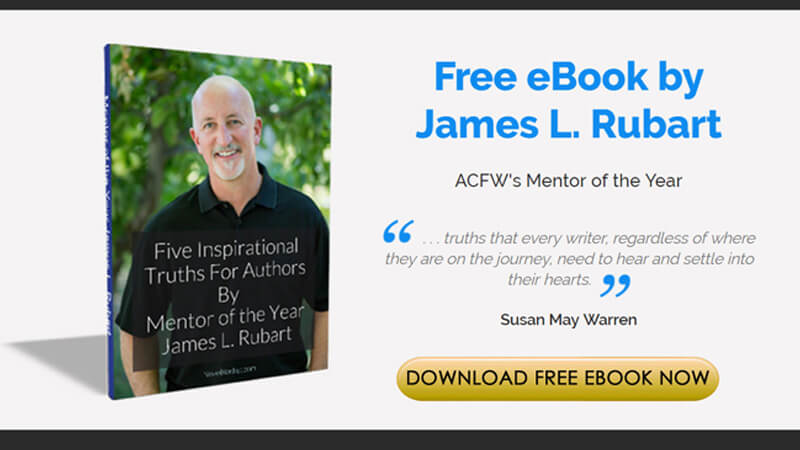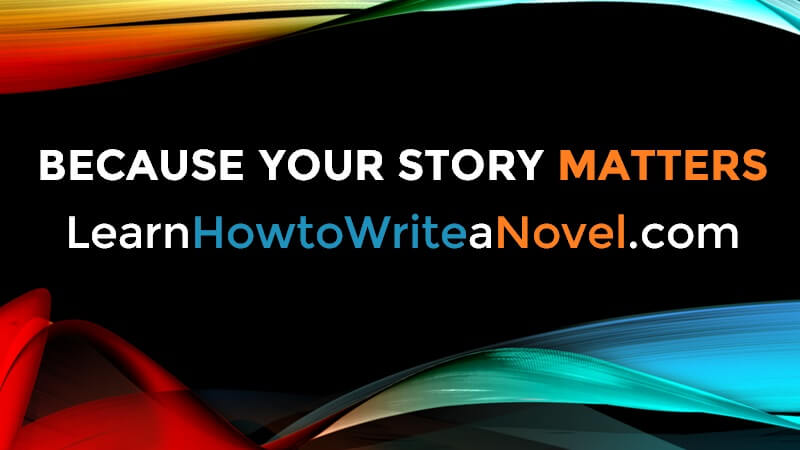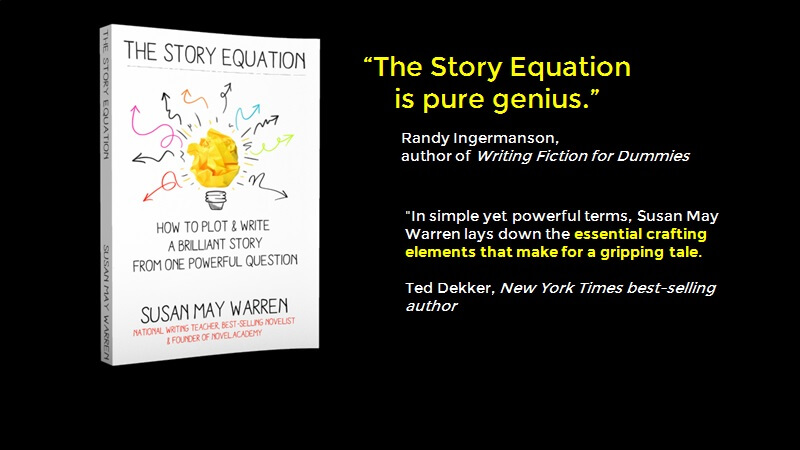 Does Grandma, who lives three states away, want to hear about the baby or does she want to see photographs? Mommy threatens, but her little tyke keeps dumping the potted plants until she whips out the wooden spoon. Classmates yawn until the kid up front shoves his report on reptiles into one pocket and pulls a gecko from another. The suitor confesses his undying love, but it’s the dozen roses that cause his soul mate to sit up and take notice.
Does Grandma, who lives three states away, want to hear about the baby or does she want to see photographs? Mommy threatens, but her little tyke keeps dumping the potted plants until she whips out the wooden spoon. Classmates yawn until the kid up front shoves his report on reptiles into one pocket and pulls a gecko from another. The suitor confesses his undying love, but it’s the dozen roses that cause his soul mate to sit up and take notice.
Show, don’t tell. Simple.
Except for the fact that we writers can’t literally show. As creators of illustration-free novels, we deal only in the written word. A picture may be worth a thousand words, but we’re stuck with those thousand words – as yet unwritten – and a picture dancing the two-step across our imagination where absolutely no one is ever going to see it.
Showing is that elusive hook that draws a reader into our story. It’s what keeps her turning the pages. And that, of course, is why we write in the first place: so that someone will turn the pages.
My attack on showing more and telling less is five-pronged. The process takes work. It often takes about seventy-six rewrites…
1. POINT OF VIEW – A strong point of view eliminates unnecessary telling. I’m less apt to write “Jill walked across the room” if I am watching her walk through the eyes of Jack. I know the guy adores Jill. This is a significant aspect of the story. So I get inside his head. I hear his thoughts and I feel his emotions. He tells me what he sees and in so doing he SHOWS.
And then I write: “Jill undulated toward him with the languid elegance of a giraffe.”
The secret to effective use of POV is to see through one – and only one – character’s perspective at a time, i.e. one character per scene. In the above example, I know what Jack is thinking. I don’t know what Jill is thinking unless she speaks to Jack or if she kisses him or slaps him.
In this single point-of-view approach, a writer is best able to capture EMOTION, and it is emotion that captures the reader. Without being told specifics, we learn at least three things from the way Jack sees Jill: A) Jill is graceful and has long legs; B) Jack has a bit of the poet in him; C.) Jack has the hots for Jill. We are shown not only how she moves, but we are shown his state of mind.
The best advice I ever heard about voice was from T. Davis Bunn. He said it’s best not to begin writing the story until we “hear” the character’s voice. In my own experience, this hearing is sometimes a gift. Whoosh. The voice is there inside of me. At other times, I write copious notes about a character’s life before her voice eventually emerges.
2. ACTION – Actions speak louder than words. My husband cleaning up the kitchen – all by himself – shouts without a spoken word that he loves me. God’s Word speaks volumes of His love for me, but His expression of it in Oregon’s flowering wild rhododendrons is what takes my breath away.
There is power in words that show a character doing something.
3. DETAILS – If real life is in the details, then in fake life – aka fiction – those details must be big, bigger than life. This is accomplished by using strong NOUNS and VERBS, less adjectives and even less adverbs.
When details are written effectively, characters jump off the page. And when that happens, the story grabs not so much a reader’s mental processes as her heart. Ahh…this is where we want her.
4. NIX NARRATION – When an entire scene simply tells what something looks like, it doesn’t move the plot along. It needs to be – ouch – cut. Yes, this hurts. It’s undoubtedly exquisite writing, but it doesn’t show. I recently wrote a lovely chapter. It described a room. Who else is going to care about this information?
5. OBSERVATION – We writers are blessed – or is it cursed? – with what has been called “split vision.” All of life is so rich with story MATERIAL. It’s almost impossible to engage in conversation or eavesdropping without grabbing a pen and jotting notes on the nearest surface, be it palm, linen tablecloth, or toilet paper.
Likewise, reading fiction is an opportunity to engage the split vision. I can escape into a book and at the same time study the art of writing. When a story beguiles me, I enjoy it with a part of me while another part is observing how the author creates the magic.
Showing is the stuff of observing, of being aware of the world around us.
A word of caution in closing: We don’t want to drift into overkill when it comes to showing. We are after all STORYTELLERS. Sometimes we simply must say “Susan sat on the sofa.”
On second thought, I’ve got too many S’s going there…but that’s another topic...
Happy writing.
Sally John grew up in Moline, Illinois, and married her high school honey Tim 32 years ago. They now live in southern California. A former teacher, she writes inspirational contemporary women's fiction. She has two grown children, a daughter in Chicago and a son who lives in Oregon with his wife and two daughters.
Sally's book The Beach House can be purchased through Amazon. Click here.
Her newest novel, Castles in the Sand will be out soon. You can read the review at: http://novelreviews.blogspot.com/2006/05/sally-johns-castles-in-sandreviewed.html
Wednesday, June 21, 2006
Home »
» Show Time!
Show Time!
Wednesday, June 21, 2006
3 comments























Thanks, Sally. This is a very good lesson in show don't tell! I especially love the part about the details. Good teaching.
ReplyDeleteWow--so very helpful. Thanks! This blog is such a blessing to me. Appreciated all that Sally shared.
ReplyDeleteSally, Excellent advice. I love your examples- really SHOWED us your point! God bless.
ReplyDelete